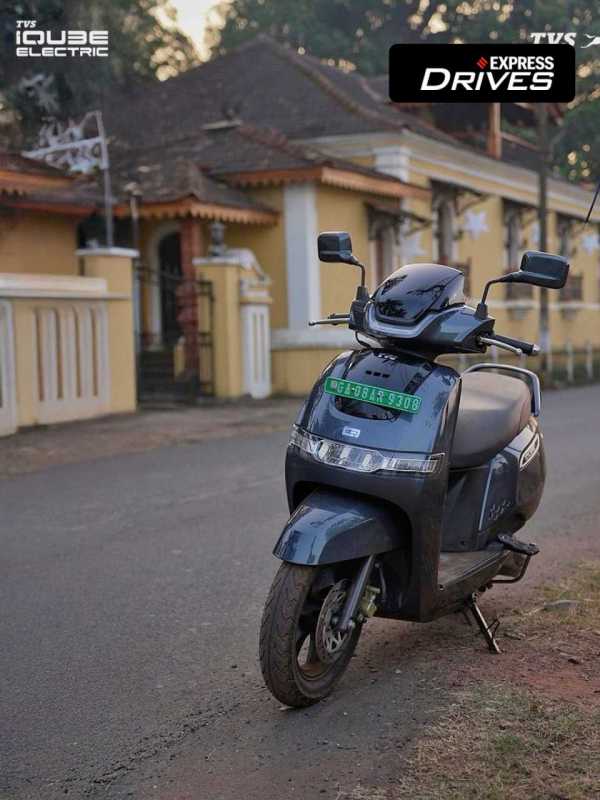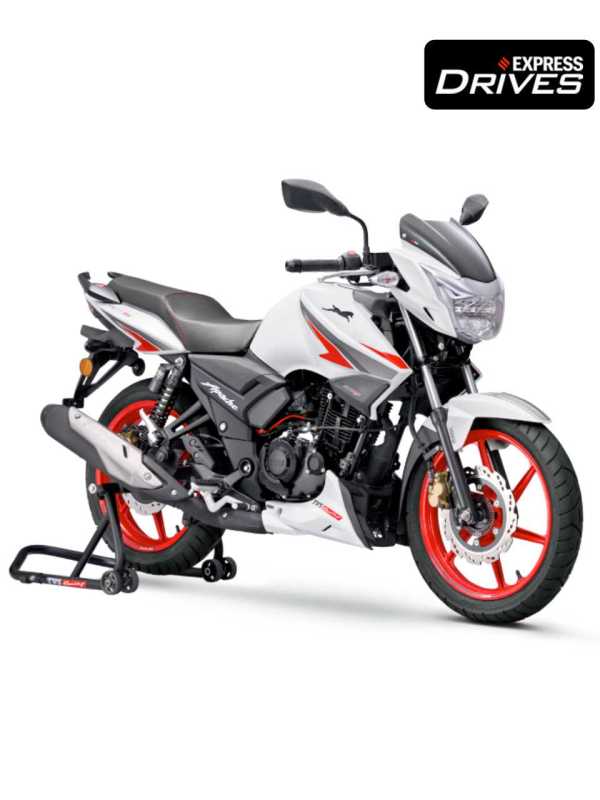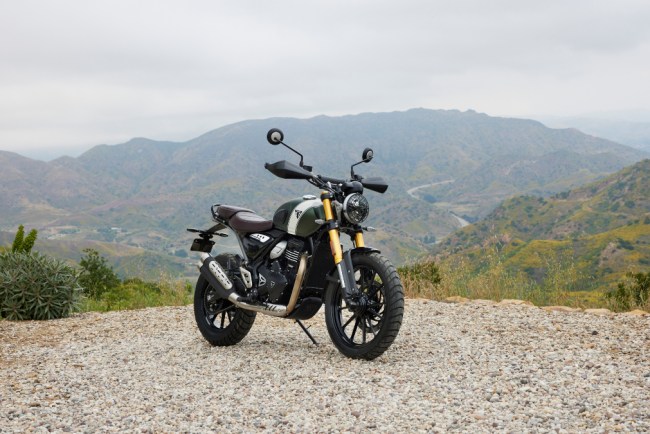Exiting the diesel space in April 2020 without first developing its capacity in the sports utility vehicle segment saw Maruti Suzuki’s market share in the passenger vehicle market come down to 41.3% in FY23 from 51.2% four years back. The numbers tell the story of this loss of market share which the company is now trying to regain by launching more SUVs and adding higher production capacity by creating new factories.
In FY19, Maruti clocked highest-ever domestic sales, at 1.7 million units, and had a market share of 51.2% in the passenger vehicle market which had total sales 3.38 million units that yearIn FY20, while sales of Maruti Suzuki dropped 18.2% to 1.4 million units, the PV market also dropped 17.9% to 2.8 million units due to the economic slowdown. Maruti was able to hold on to its 51% market share.
However, the big blow came in FY21, when PV market drop by just 2.24% to 2.7 million units, but sales of Maruti dropped a massive 8.52% to 1.30 million units, with its market share plummeting to 47.7%.
Automotive analysts FE talked to said exiting the diesel engine space in April 2020, with the implementation of BS6 emission norms, cost the carmaker dear in FY21. “Even though Maruti Suzuki had started selling popular models such as the Wagon R, Ertiga, Celerio and Eeco powered by CNG — in a bid to replace diesel — it wasn’t enough to offset the sales loss due to exiting diesel,” an analyst told FE.
“Maruti Suzuki sold 160,000 CNG cars in FY21, but had it continued with diesel, sales would have been higher. For example, its best-seller Vitara Brezza, available only in diesel, had sold about 110,000 units in FY20, but as a petrol-only model in FY21, sales dropped to about 95,000 units.”
Gaurav Vangaal, associate director, light vehicle forecasting, S&P Global Mobility, told FE that even though diesel was waning, in certain segments it was popular. “In FY21, Hyundai Creta sold 120,035 units and Kia Seltos sold 89,173, and about 50% sales in these models were diesel,” he said.
In FY22, Maruti Suzuki’s market share further dropped to 43.4% — it sold 1.3 million units in a total PV market of 3.1 million units. That year, the impact was twofold.
First, during the second wave of Covid-19 (April-May 2021), CNG cylinders were not available because the government had put certain restrictions on usage of cylinders. The cylinder shortage continued in the remainder of FY22, and Maruti Suzuki wasn’t able to meet the rising demand for CNG cars.
“During that period, Maruti Suzuki’s CNG cars had a waiting period of over four months, and it is possible that a section of customers shifted to other fuel types, including diesel, that were sold by Hyundai and others,” another analyst said.
Second, SUV sales almost doubled from 23% in FY19 to 41% in FY22, and Maruti Suzuki even as late as the first half of FY23 had only one SUV in its portfolio — the Brezza. Although it has been among top-selling SUVs in its segment, it could not possibly compete with the entire SUV market.
Vangaal said Maruti Suzuki was a late entrant into the SUV segment, and by the time it launched its second SUV model, the Grand Vitara, in September 2022, the competition had grabbed almost 88% of the SUV pie – according to data shared by Maruti Suzuki with FE, the carmaker had just 12.6% share in SUVs in FY23.
In FY23, it sold 1.6 million units in a total market of 3.9 million units.
According to analysts, Maruti’s insistence on building out the small car and saying that a small car will be the first car for every Indian is the real reason for it losing market share. This did not happen, as sales of small cars have dropped from 294,577 units in FY20 to 252,409 units in FY23. “First-time car buyers are moving from two-wheelers to either pre-owned SUVs or premium hatchbacks like the Swift or Baleno, and are skipping the Alto segment altogether,” he said.
But Maruti Suzuki is expected to claw back the market share in FY24. “We have set a target of doubling our market share in SUVs, from 12.6% in FY23 to 25% in FY24,” Shashank Srivastava, senior executive officer, marketing & sales, Maruti Suzuki India, told FE.




















